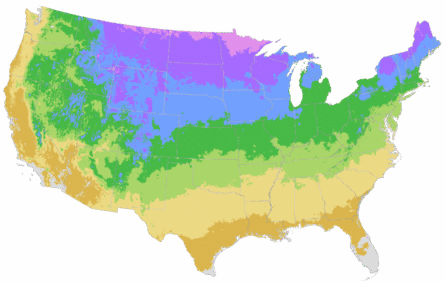You're growing in this Zip Code:
Change LocationDiscover Plants for Your Area
Eola Sapphire Hosta
Hosta x 'Eola Sapphire'
Retailers Near You
No Retailers found within 100 miles of your zipcode
Be Inspired: How to Use this Plant
| Bloom Time | Summer |
|---|---|
| Deciduous/Evergreen | Herbaceous |
| Special Features | Attracts Hummingbirds, Dramatic Foliage Color, Easy Care |
| Problems/Solutions | Erosion Control |
| Growth Rate | Moderate |
| Growth Habit | Clumping |
| Flower Attributes | Showy Flowers |
| Landscape Use | Border, Container |
| Design Ideas | There are many ways to use Hosta in shaded or partially shaded gardens. Try as a groundcover, tightly packed into a mosaic of green, blue-green and variegated foliage. Use as clumps among the acid-loving flowering shrubs and for contrast against the feathery fronds of Fern. They are excellent in shaded rock gardens, on slopes and embankments and low, moist pockets. Later in the season, enjoy the bright flower spikes that add interest and variety to the foliage. |
| Flower Color | Purple |
| Foliage Color | Green |
| Companion Plants | Coral Bells (Heuchera); Lungwort (Pulmonaria); Japanese Forest Grass (Hakonechloa); Ligularia (Ligularia); Bleeding Heart (Dicentra) |
| Care Instructions | Provide slightly acidic, evenly moist, well-drained, humusy soil. Avoid harsh sun exposures. Water deeply, regularly in first growing season to establish an extensive root system; once established, reduce frequency. Remove old, faded foliage before new leaves emerge in early spring. |
| Lore | Hosta is also known as plantain lily and is related to a pernicious weed introduced to North America during colonial times. It naturalized so readily Native Americans ma,ed it "white man's foot", claiming it sprang up from every foot print left upon the soil by an immigrant. |
| Bloom Time | Summer |
|---|---|
| Deciduous/Evergreen | Herbaceous |
| Special Features | Attracts Hummingbirds, Dramatic Foliage Color, Easy Care |
| Problems/Solutions | Erosion Control |
| Growth Rate | Moderate |
| Growth Habit | Clumping |
| Flower Attributes | Showy Flowers |
Retailers Near You
No Retailers found within 100 miles of your zipcode
Retailers Near You
No Retailers found within 100 miles of your zipcode
Buy Online
We cannot currently ship this product to your zip code.
About Us
We have been pioneers and craftsmen in the art of growing plants for nearly
100 years. Since our founding in Southern California by Harry E. Rosedale, Sr.
in 1926, we have been absolutely dedicated and obsessed with quality.
We have been pioneers and craftsmen in the art of growing plants for nearly 100 years. Since our founding in Southern California by Harry E. Rosedale, Sr. in 1926, we have been absolutely dedicated and obsessed with quality.






